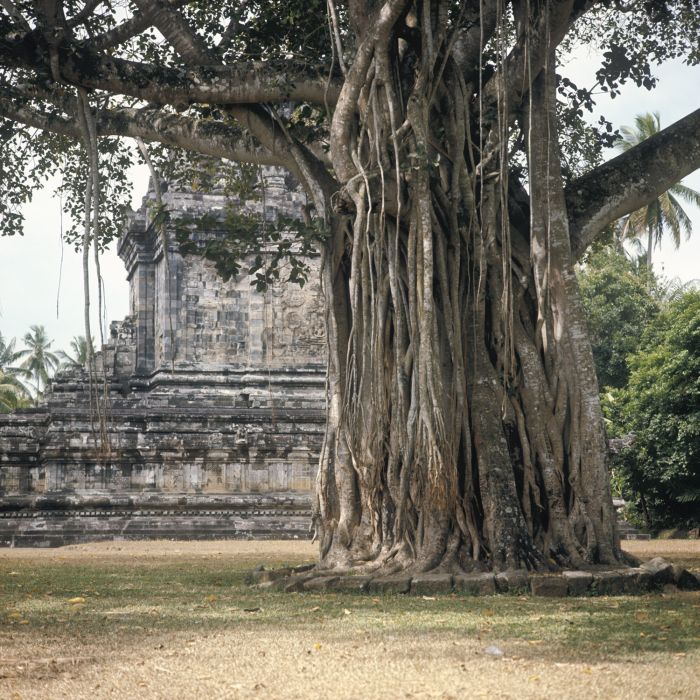by ULIL AMRI

Kyai Habib leads the al-Imdad religious pesantren (boarding school) in Bantul, Yogyakarta. His students are known as santri. For him, environmentalism is both an everyday spiritual and a material practice. He urges his santris to always follow Allah’s mandate to protect the earth, while at the same time involving them in a recycling program as well as a small-scale biogas project. For his hard work, he was awarded a prestigious provincial environmental prize in 2020: the Kalpataru DIY. Kyai Habib is an exemplary religious leader who has successfully mobilised resources to green a local region in Indonesia. Many more like him are out there, yet they do not often appear in the media, whether mainstream or otherwise.
The involvement of religious groups in halting environmental problems in Indonesia is a relatively new phenomenon. It took shape within broader secular environmental discourse about climate change from the early 2000s, specifically after the Bali Climate Conference of 2007. Government meetings since then have often featured religious non-governmental institutions (RNGIs) like Muhammadiyah and Nahdlatul Ulama (NU). These two biggest RNGIs each have environmental councils. Muhammadiyah’s, originally known as the Lembaga Lingkungan Hidup (Environment Institute), is now called the Majelis Lingkungan Hidup, MLH-Muhammadiyah (Environment Council). NU has its Lembaga Penanggulangan Bencana dan Iklim – LPBI-NU (Disaster Mitigation and Climate Change Institute).
The future of religious environmentalism is promising. Muhammadiyah claims to have 35 million members, and NU 90 million, representing almost half of Indonesia’s population. With their pesantrens, schools, mosques, and universities, these organisations have the power to transform the country from a developing nation into a sustainable one. But how might these institutions initiate such a transformation? To understand the answer, we need to examine how they mobilise their adherents at the local level to create concrete environmental initiatives.
Muhammadiyah schools have been investing in green schools and building renewable energy sources. NU pesantrens have been planting trees. These programs reach beyond adherents to also engage local villagers, who are attracted to both the spiritual and the material incentives they offer.
Muslims affiliated with Muhammadiyah and NU believe God will compensate them for their involvement both in the hereafter and materially in this world. Spiritually, God will increase their iman (faith) and recompense those who have protected nature in the life hereafter by granting them jannah (paradise). Materially, God will increase their concrete resources, such as money and property, in the here and now.
Indonesian pious environmentalism involves both ecological and economic activities. The intertwining of material and spiritual profit is like two sides of a coin. They refer to the Qur’an to find the religious basis for protecting nature. Some Qur’anic verses clearly mention humanity as the vicegerent of God on Earth, mandated to look after it. The emphasis is on balancing the needs of humanity and the rights of nature. The Qur’an does not mandate Muslims to prioritise one over the other, and many of the devout Muslims I talked to take this message seriously.
The Earth is bigger than us
Kyai Thontowi for example, a leader of Pesantren Al-Wasilah Garut in West Java, has been involved in local efforts to green Garut, while at the same time mentoring local communities to secure their livelihoods. He said the Qur’an acknowledges the existence of non-human beings, including the earth itself. These non-humans always pray and glorify God. The earth is bigger than we are, he said, yet we are arrogant and ignorant and we act as if we are bigger than the earth. The Kyai says that we should reduce our ego by respecting the earth and positioning ourselves as its equal instead of its master. Kyai Thonthowi used this notion of equality to teach his santris to practice ecology (nature conservation) and economy (nature commodification). According to him, conservation is for the earth, and the economy is for humanity.
Inside Indonesia for more